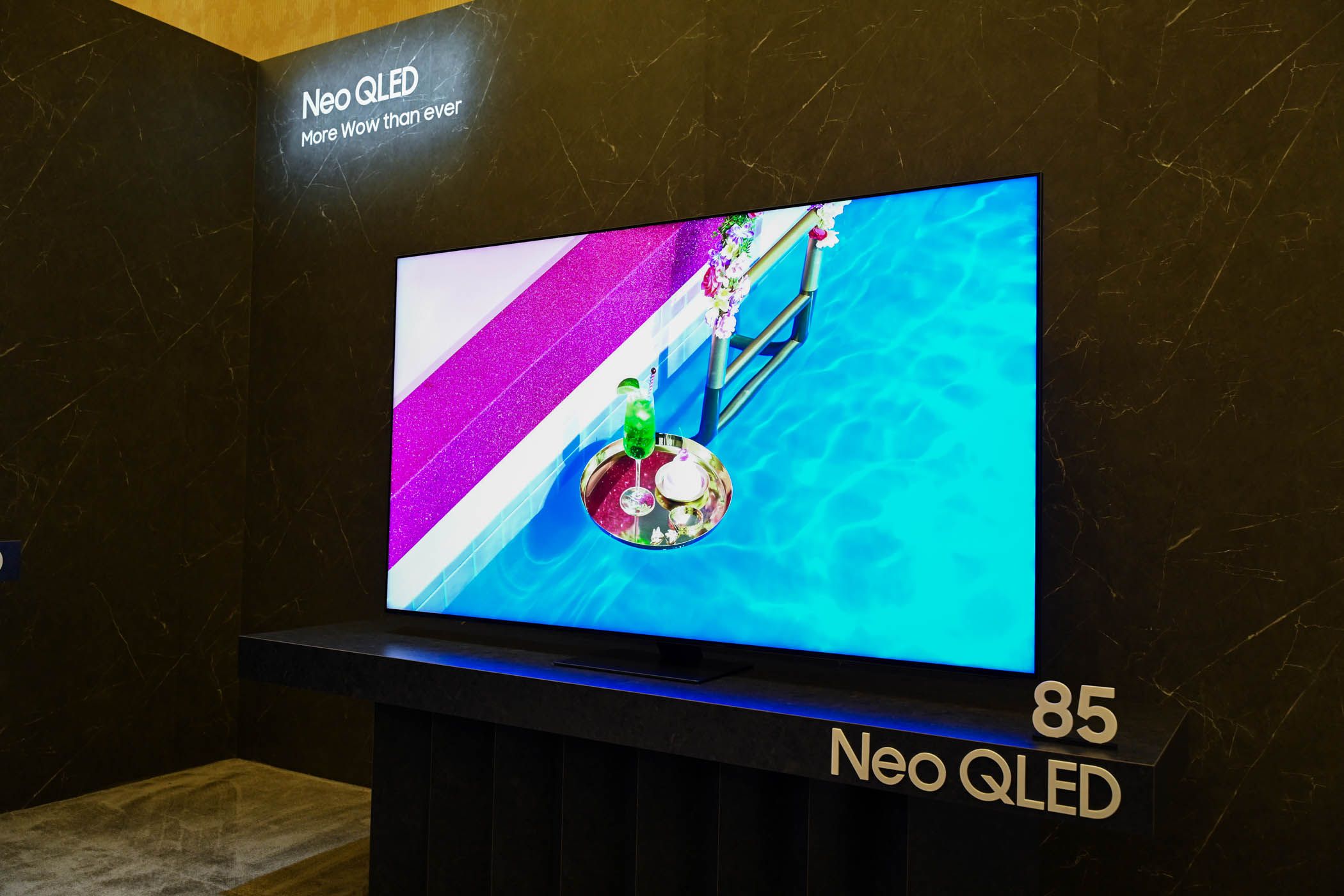Samsung makes some of the best TVs around, and the 55-inch 4K model I’ve owned for a few years has worked reasonably well. However, Samsung’s TVs are still missing one crucial feature: Dolby Vision.
Following the rise of 4K resolution in TVs, streaming services, and physical media, the media industry started focusing on a new frontier: high dynamic range, or HDR for short. There are several implementations of HDR, but all of them are intended to increase the range of colors and brightness available for movies, TV shows, games, and other media. Dark and gloomy scenes can be darker, outside shots can be brighter, colorful scenes can be more vivid, and so on.
The Format War
The base HDR10 standard is widely supported on modern TVs, monitors, smartphones, tablets, Blu-ray players, streaming sticks, and other electronics. It was later replaced by the upgraded HDR10+ format, which allows content to change the dynamic range on a per-scene or per-frame basis. Importantly, both HDR and HDR10+ are royalty-free, which means companies can build it into their products without paying hefty fees.
Here’s the annoying part. Dolby Vision was introduced in 2014, predating both HDR10 (released in 2015) and HDR10+ (which arrived in 2017). Dolby Vision supported per-scene or per-frame metadata from the start, and it didn’t take long for movie and TV studios to start creating content with the technology. However, Dolby Vision is proprietary licensed technology, unlike the royalty-free HDR10 and HDR10+. Content creators and studios have to pay Dolby to use it, and manufacturers pay a fee ranging “from less than $3 per TV to lower than $2 per TV,” according to Dolby executive Giles baker.
Samsung is the last remaining major holdout against Dolby Vision among TV manufacturers. None of its models support Dolby Vision—even the super high-end TVs that cost thousands of dollars. Samsung doesn’t want to pay the fees.
The Extremely Dark Knight
I currently own a 2020 Samsung 55inch Class Crystal UHD TV, with a 4K resolution and support for basic HDR10. It doesn’t support HDR10+ or Dolby Vision, which has been a recurring issue as I watch more recent movies or TV shows.
As an example, I own all four seasons of HBO’s Westworld on 4K Blu-ray, all of which are released in Dolby Vision HDR format. The earlier seasons look fine on my TV, but the later seasons have many dark scenes that are too dark to see anything. I also have The Batman on 4K Blu-ray, which is almost entirely comprised of dark scenes, but there are some parts where I actually can’t see anything. That’s not an exaggeration, it almost looks like my TV is turned off.
This is a common issue with many newer movies and TV shows, and before someone asks, I’ve already tried every setting on my TV. I don’t have similar visual issues with older HDR and standard range content. I don’t work in the movie industry, but my impression is that studios have focused more on tweaking the presentation to Dolby Vision (since it is now standard on almost all TVs and many monitors) while paying less attention to the normal HDR presentation.
Do it, Samsung
It’s entirely possible that upgrading to a TV with proper HDR10+ support would solve my problems. I still don’t want to spend hundreds (or thousands) of dollars on a new Samsung TV, only to find out that the colors are still broken in some movies and shows because Samsung wouldn’t pay the Dolby tax. I don’t like that the media industry has coalesced around a proprietary HDR format, especially since HDR10+ works in much the same way, but that’s just how it is right now.
Samsung, if you want my money when it’s time for me to get a new TV, you need to support Dolby Vision. I would like to actually see the movies I paid for.





